2025 Volvo EX90: Promise Kept, But At What Cost?
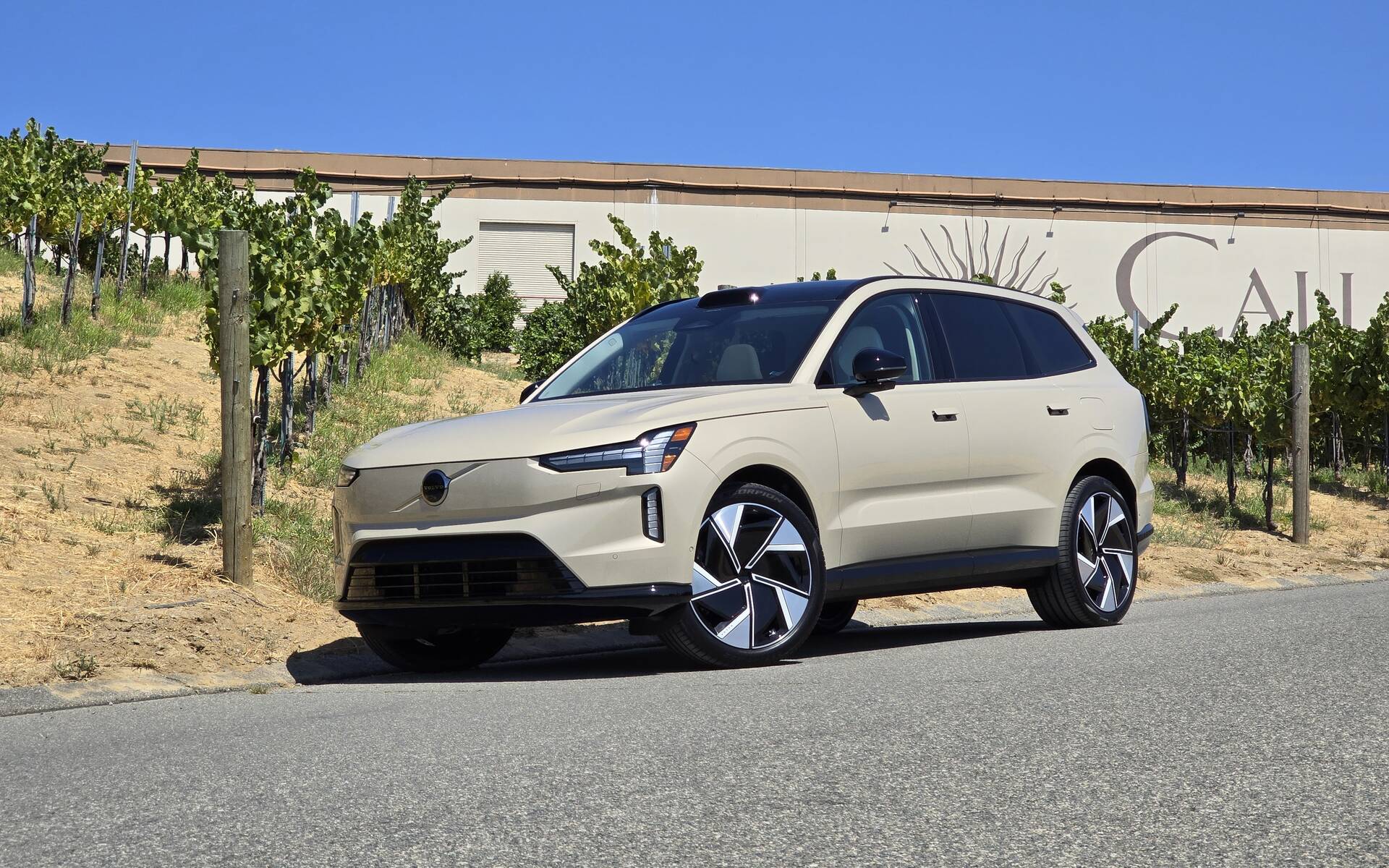

When originally introduced in November of 2022, Volvo's three-row electric SUV promised to encompass the brand's key pillars of safety, design and technology in a luxurious EV package. The EX90 was even hailed as a revolutionary new flagship that would set the tone for future models from the Swedish automaker.
Two years later, following various supply, software and marketing problems, the EX90 has finally hit the road in Canada and the U.S. We had the opportunity to take it for a test drive in Newport Beach, California recently. How good was it? Read on.
Read also
- Volvo, Polestar Release Their NACS Adapter Giving Access to Tesla Superchargers
- Volvo Scraps Goal to be Fully Electric by 2030
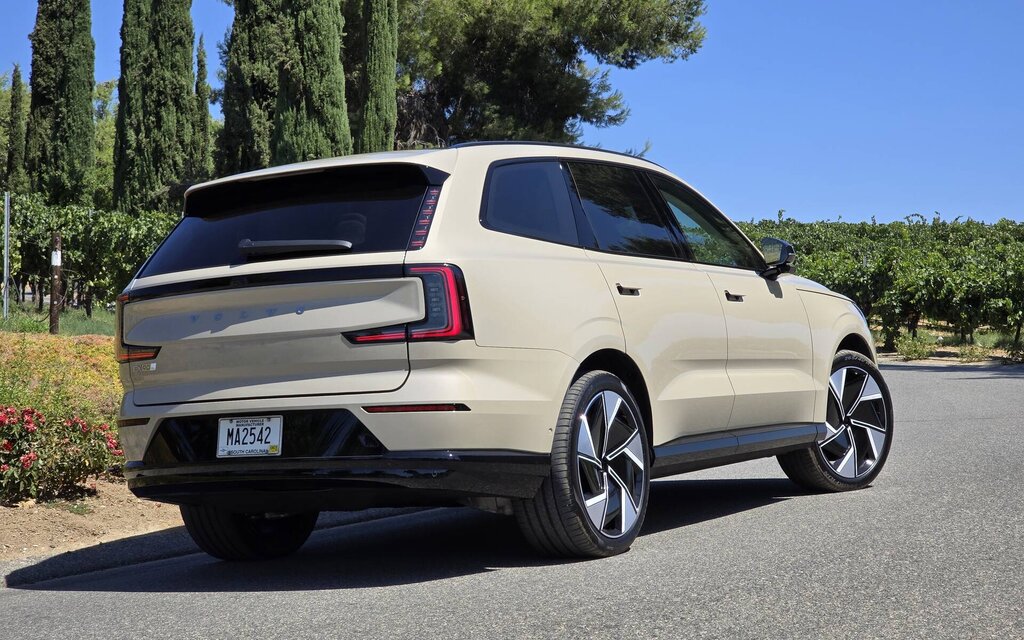
Big on Size, Big on Power
Acceleration is seldom a problem when it comes to EVs, but it’s safe to say that Volvo has set the bar high with the family-oriented EX90. The two available models (Plus and Ultra) feature all-wheel drive and dual motors generating a combined 510 hp. The latter draw energy from a floor-mounted 111kWh battery (net 107 kWh) that enables up to 495 km of range when fully charged.
As a bonus, the EX90 boasts remarkable charging speeds thanks to a maximum DC rate of 250 kW—a strong incentive for long-mileage drivers who hate to waste time at charging stations.
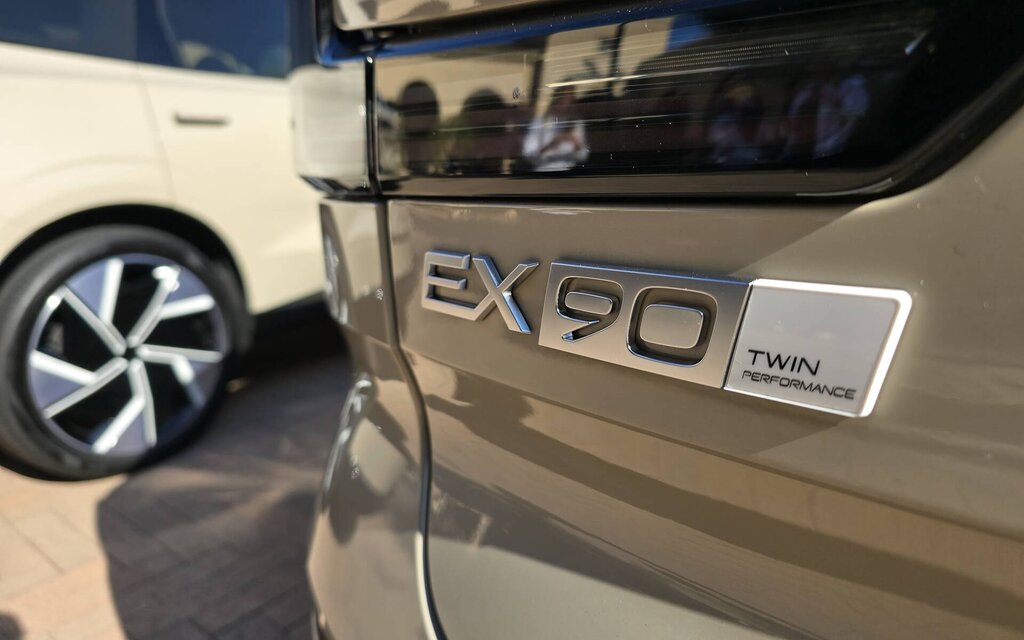
While pretty quick off the line, the big Volvo has no sporty aspirations, instead settling into the role of a comfortable and balanced family SUV. Our Ultra tester came standard with an air suspension and active chassis that together helped mask the 2,700+ kg in corners. In the towing department, the company says the EX90 can tow up to 4,850 lbs with a braked trailer, but just 1,650 lbs with an unbraked trailer.
Torque vectoring is part of the mix, as well as the ability to disengage the rear motor in low-demand situations like cruising on the highway. As a result, we recorded a combined energy consumption of 35 kWh/100 mi, which is equivalent to 21.5 kWh/100 km. That’s reasonably efficient performance for a vehicle of this size.
Gadgets Galore
A peaceful haven, the EX90's cabin is quiet and well insulated from outside noise and disturbance. Volvo designers need to be congratulated once again for creating wonderfully comfortable seats that make long trips pleasant. Access to the third row is surprisingly tight, but comfort is not a problem for those relegated back there—ideally shorter passengers such as children since legroom and headroom are limited.
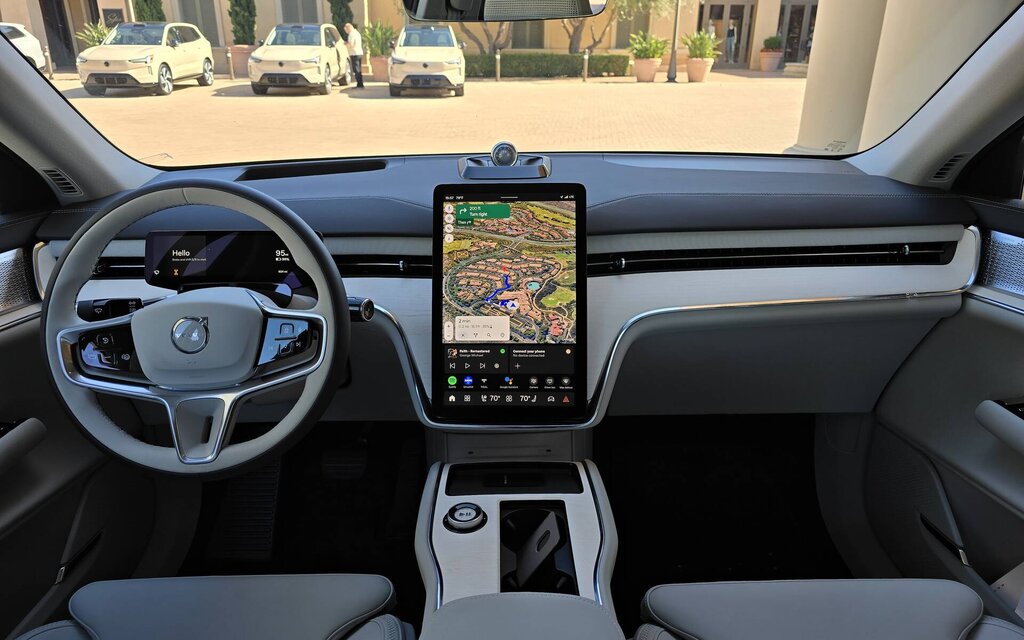
On the dashboard, the vertically oriented infotainment screen displays a Google-based interface. The extremely detailed and easy-to-use Google HD Maps navigation system is a joy to use. On the other hand, the on-screen menus and buttons replacing physical controls for the HVAC system are definitely not. A car company that advocates safety like Volvo should remember that it all starts with keeping one’s eyes on the road.
Behind this sleek and silent cabin lies an army of advanced microprocessors informing the electronic brain—more specifically an NVIDIA-branded computer—that controls all of the EX90's advanced technologies. A sophisticated LiDAR (which uses infrared light to measure the distance between the vehicle and its surroundings) works in conjunction with multiple radars, cameras and ultrasonic sensors. Artificial intelligence also plays a part, enhancing occupant protection while operating Volvo’s Pilot Assist semi-autonomous driving system.
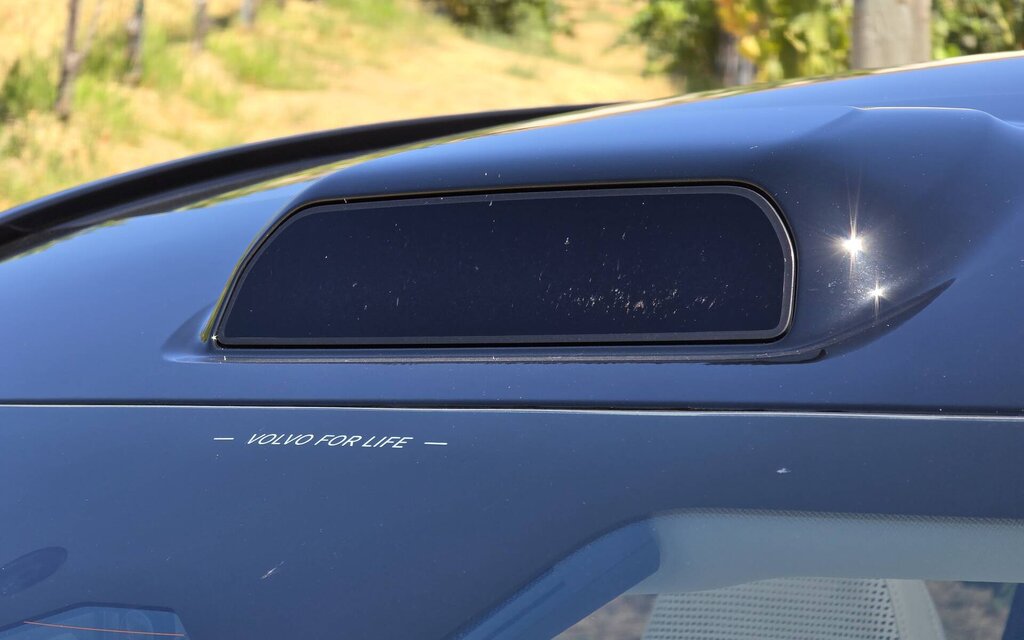
Obviously, the more gadgets a vehicle has, the more trouble it’s likely to experience. During our test drive, some of the safety systems started acting up. For example, the front seatbelt pretensioners activated all of a sudden when the EX90 was stopped at a traffic light. Granted, another vehicle was approaching from behind, but there was no danger of a collision. Other times, the SUV stopped for no reason during parking manoeuvres.
To be clear, the systems do a good job overall and safety is never compromised. It’s just that some electronic fine-tuning still needs to be made.
U.S.-Built EX90 Avoids Tariff on Chinese EVs
In Canada, the Volvo EX90 Plus starts at $110,000 while the EX90 Ultra (which we tested) carries a price tag of $115,000, putting them in the same ballpark as the Mercedes-Benz EQS, BMW iX and Tesla Model X. The fact that production takes place in Charleston, South Carolina is a blessing—it means the EX90 avoids the 100% federal tariff on electric vehicles manufactured in China. Had things been done differently, as is the case with other models from Volvo/Polestar, prices would have been far too high to realistically sell the EX90 in Canada.
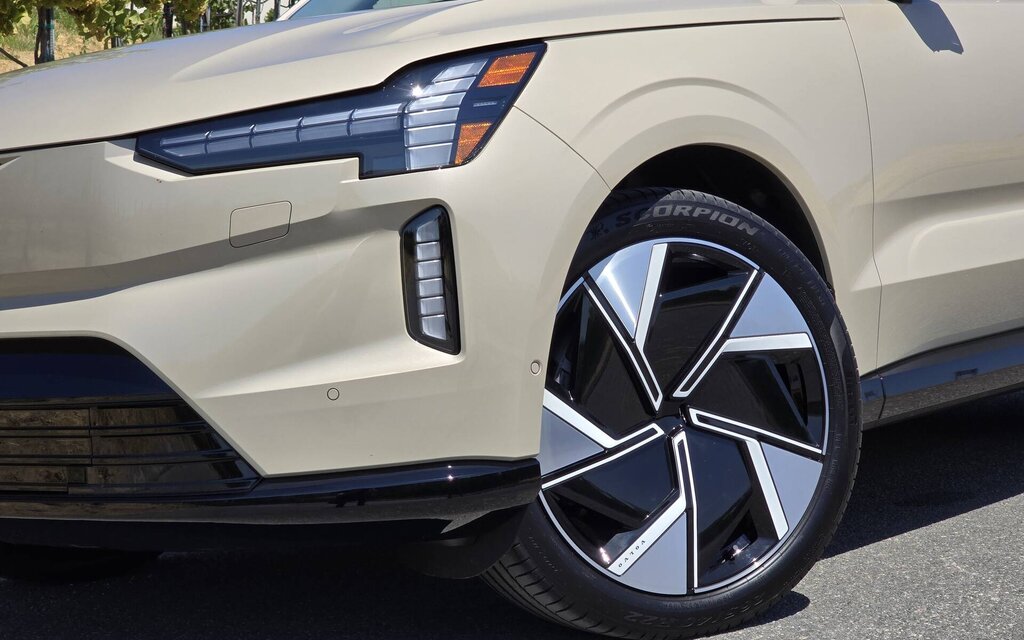
Then again, you could certainly argue that Volvo’s three-row electric SUV is too expensive already. Consider the similarly sized Kia EV9, which is impressively equipped and retails for under $80,000 with AWD, not to mention that it qualifies for the federal EV rebate of $5,000 (or used to, since the program is now officially halted).
Sure, comparing Volvo to Kia is debatable. The EV9 also doesn't come with the same level of technology, power and presence as the EX90. However, electrification is changing mindsets and preconceptions about luxury and performance. Government incentives, while they last, are also forcing many shoppers to question the actual value of the vehicles they intend to purchase.
Things can change awfully fast in the EV game, but so far the EX90 appears to live up to its original promise—aside from some electronic and pricing issues.








